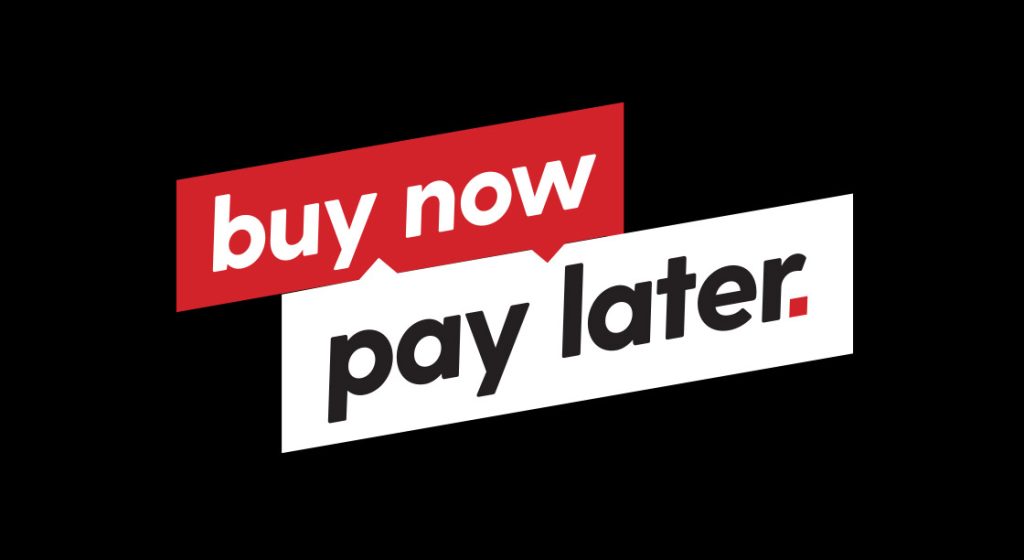There are plenty of things we typically pay for in instalments. Our mortgage, phone contract, and any cars bought on finance are all paid off over time.
However, in recent years there’s been an increase in the number of retailers using buy now, pay later. Everyone from high street stores to independent retailers are opting for this method, and 55% of local businesses use it online, while 5% offer it as an in-store payment option.
So, where do you stand with this option? Are you thinking of joining others in making this something you’ll offer your customers? If you’re considering it, read on to find out more.

What is buy now, pay later?
As the name suggests, buy now, pay later is the opportunity to spread payments out over time. Where a customer usually goes up to the till or heads to the online checkout and pays in full in one transaction, they can now decide to break down their purchase into instalments.
It’s become popular with customers because, unlike buying a car on finance or taking out a mortgage, there’s no interest involved. It’s simply the asking price split over two or more payments.
This has opened up the customer base for many retailers as it’s no longer prohibiting people who might not be able to buy things up front. And with tech like open banking, businesses can easily set up this process.
How does buy now, pay later work?
If you’ve been wondering how to set up buy now, pay later for your business, you’ll find that it’s relatively straightforward.
The service is provided by a third-party provider and there are a few to choose from. You might have heard of some of the big names, like PayPal and Klarna, but there are others on the market to choose from. Do some research to see what could be the best fit for you. Ask other retailers, read the company sites and get a feel for how well-respected they are.
While each offers something slightly different, the process is the same:
- The customer must pass a credit check. This isn’t a full-blown check. It won’t impact their credit score.
- The buy now, pay later provider you’ve selected will then pay you in full for the product/s bought by the customer.
- The customer then pays the third-party provider back in instalments. The timeline for this is usually set out by the provider and the customer is aware of what they’ll need to pay for each instalment.
Pros and cons of buy now, pay later
There are advantages and disadvantages with this type of payment option. It’s worth considering these before you introduce this method.
We’ve already touched on the main plus point. You’re opening up your products and services to those who might have been put off by the price. This means that you’re introducing more people to your business. If they like this payment option, along with the service they receive, they could come back to your business.
You’re also competing with your main competitors. More retailers are offering this payment method, so you’ll be keeping up with them if you introduce this option too.
Additionally, you’re not missing out. You get paid upfront as though it’s a typical transaction.
However, you’re no longer in control of collecting the payment. It’s all down to the third party. And the third-party provider charges you for their service, so you’ll need to work out how to manage the fees. You’ll also need to shop around and get quotes before you go ahead and sign up.
So, will you introduce buy now, pay later? What will work for your business?




